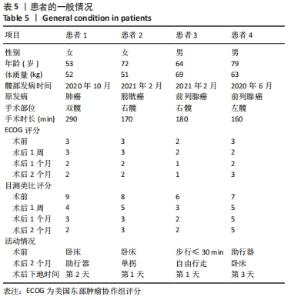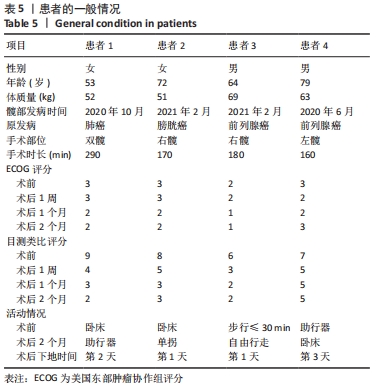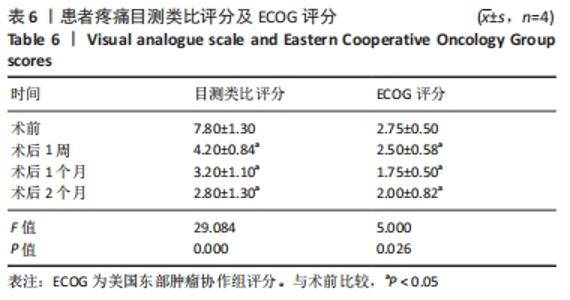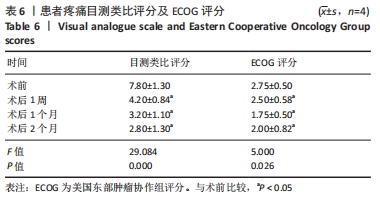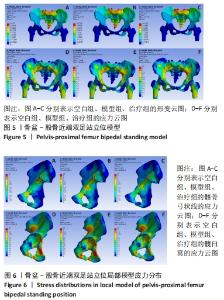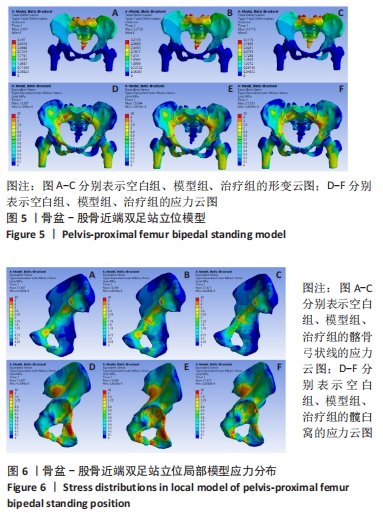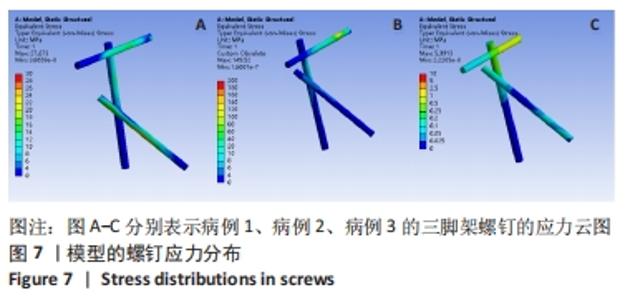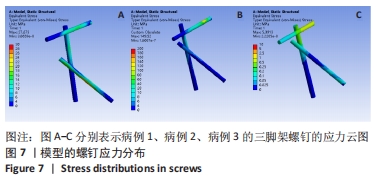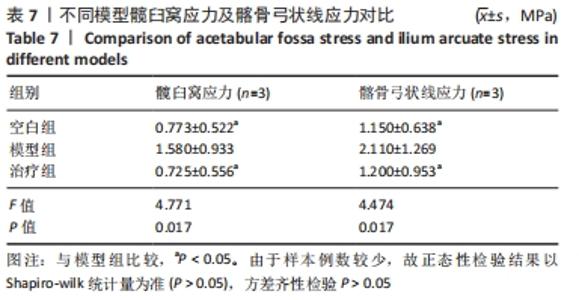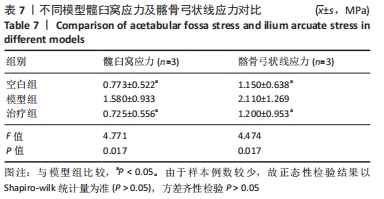[1] WEILBAECHER KN, GUISE TA, MCCAULEY LK. Cancer to bone: a fatal attraction. Nat Rev Cancer. 2011;11(6):411-425.
[2] ENNEKING WF, DUNHAM WK. Resection and reconstruction for primary neoplasms involving the innominate bone. J Bone Joint Surg Am. 1978; 60(6):731-746.
[3] HARRINGTON KD. The management of acetabular insufficiency secondary to metastatic malignant disease. J Bone Joint Surg Am. 1981; 63(4):653-664.
[4] WUNDER JS, FERGUSON PC, GRIFFIN AM, et al. Acetabular metastases: planning for reconstruction and review of results. Clin Orthop Relat Res. 2003;(415 Suppl):S187-197.
[5] MARCO RA, SHETH DS, BOLAND PJ, et al. Functional and oncological outcome of acetabular reconstruction for the treatment of metastatic disease. J Bone Joint Surg Am. 2000;82(5):642-651.
[6] YANG R, WANG J, MIZERA MM, et al. A graphic guide to the percutaneous tripod acetabular reconstruction for metastatic cancer. J Surg Oncol. 2021;123(5):1316-1327.
[7] YANG R, GOCH A, MURPHY D, et al. A Novel Tripod Percutaneous Reconstruction Technique in Periacetabular Lesions Caused by Metastatic Cancer. J Bone Joint Surg Am. 2020;102(7):592-599.
[8] 体能状态评分ECOG评分法[J]. 中华普通外科学文献(电子版),2012, 6(6):556.
[9] KOBAYASHI E, WANG TJ, DOI H, et al. Mechanical properties and corrosion resistance of Ti-6Al-7Nb alloy dental castings. J Mater Sci Mater Med. 1998;9(10):567-574.
[10] JOUKAR A, CHANDE RD, CARPENTER RD, et al. Effects on hip stress following sacroiliac joint fixation: A finite element study. JOR Spine. 2019;2(4):e1067.
[11] VAFAEIAN B, ADEEB S, EL-RICH M, et al. Hip Joint Contact Pressure Distribution During Pavlik Harness Treatment of an Infant Hip: A Patient-Specific Finite Element Model. J Biomech Eng. 2018;140(7). doi: 10.1115/1.4039827.
[12] RHO JY, HOBATHO MC, ASHMAN RB. Relations of mechanical properties to density and CT numbers in human bone. Med Eng Phys. 1995;17(5): 347-355.
[13] 丁海,朱振安, 髋臼的解剖形态及生物力学研究进展[J]. 医用生物力学,2008,23(5):411-414.
[14] ZHANG Y, TANG X, JI T, et al. Is a Modular Pedicle-hemipelvic Endoprosthesis Durable at Short Term in Patients Undergoing Enneking Type I + II Tumor Resections With or Without Sacroiliac Involvement? Clin Orthop Relat Res. 2018;476(9):1751-1761.
[15] 范智荣,苏海涛,周霖,等.新型股骨颈内固定系统治疗不稳定性股骨颈骨折的有限元分析[J]. 中国组织工程研究,2021,25(15): 2321-2328.
[16] KWAK DK, BANG SH, KIM WH, et al. Biomechanics of subtrochanteric fracture fixation using short cephalomedullary nails: A finite element analysis. PLoS One. 2021;16(7):e0253862.
[17] LEWIS GS, MISCHLER D, WEE H, et al.Finite Element Analysis of Fracture Fixation. Curr Osteoporos Rep. 2021;19(4):403-416.
[18] CHANDRA G, PANDEY A. Design and analysis of biodegradable buttress threaded screws for fracture fixation in orthopedics: a finite element analysis. Biomed Phys Eng Express. 2021;7(4). doi: 10.1088/2057-1976/ac00d1.
[19] COURAUD G, ANDRÉ-PIERRE G, TITIEN T, et al. Evaluation of short-term efficacy of extraspinal cementoplasty for bone metastasis: A monocenter study of 31 patients. J Bone Oncol. 2018;13:136-142.
|
